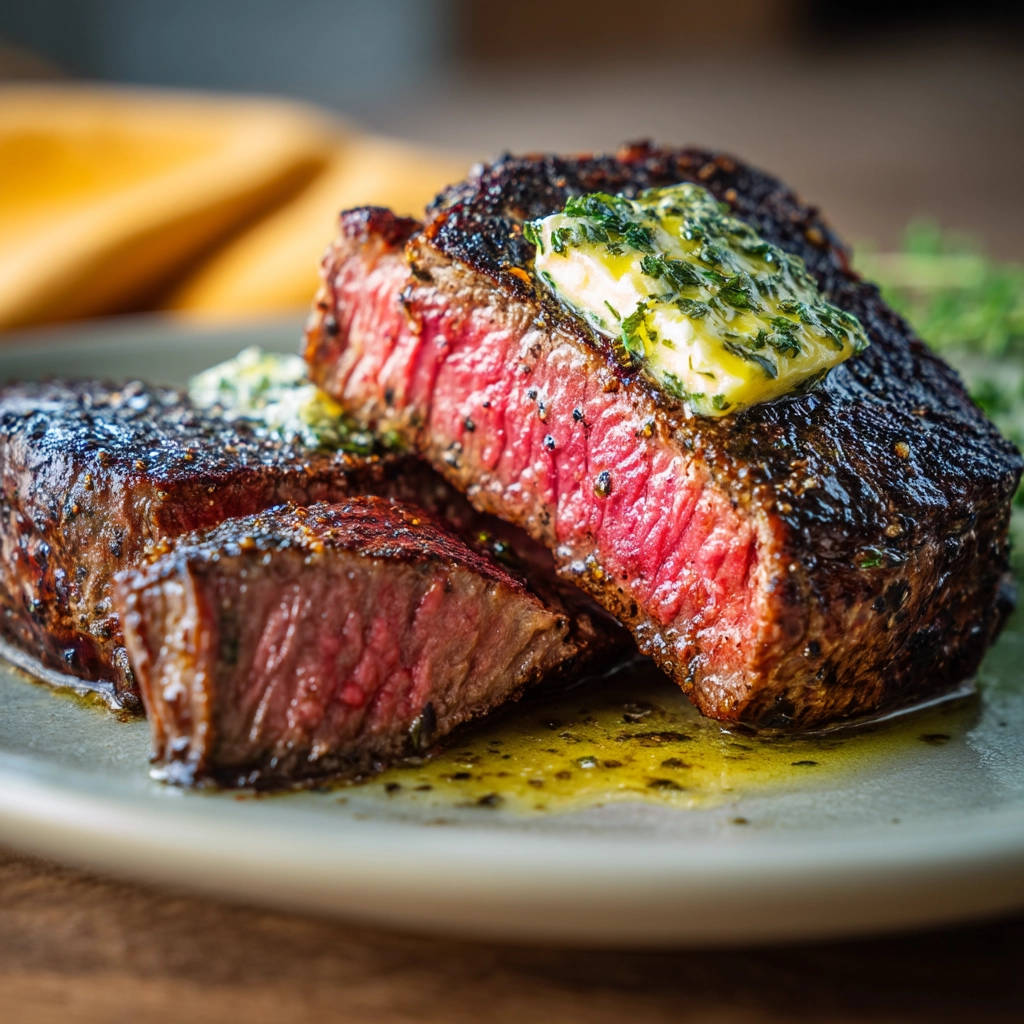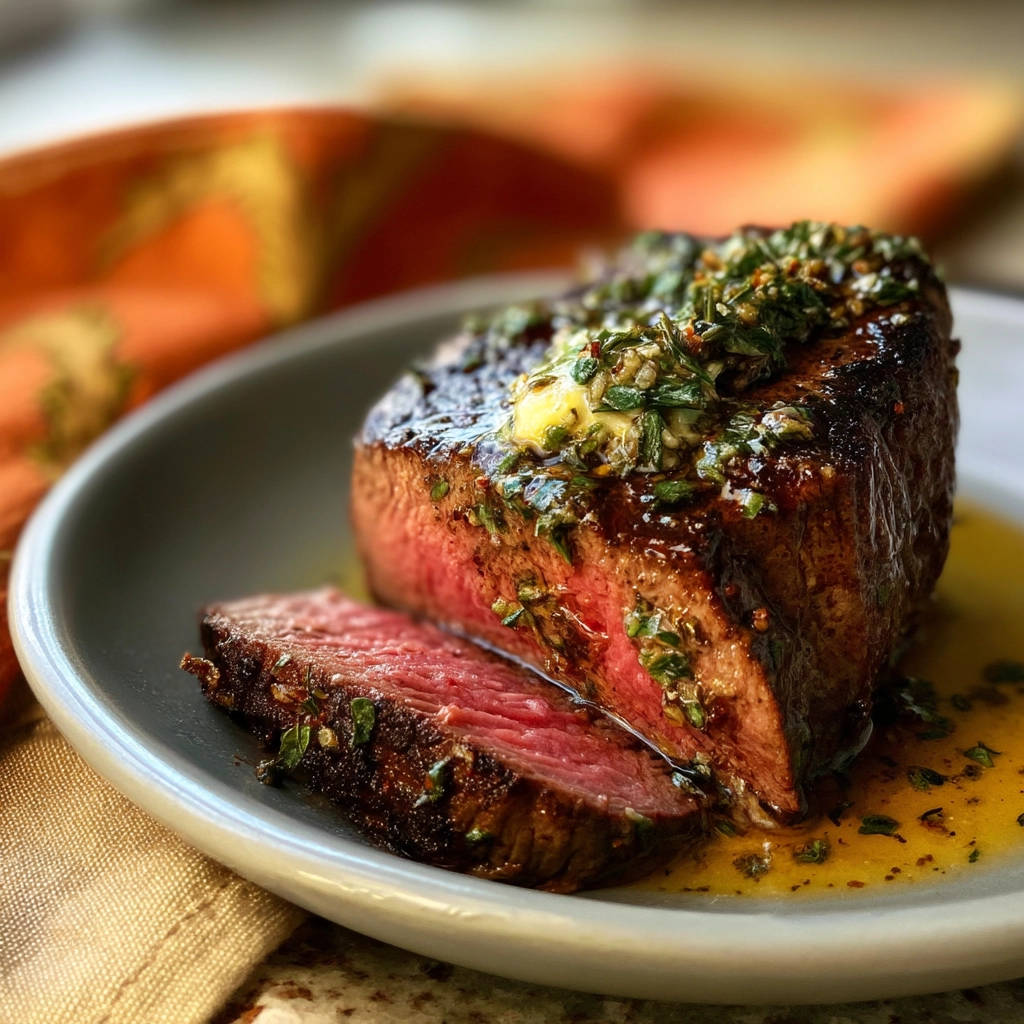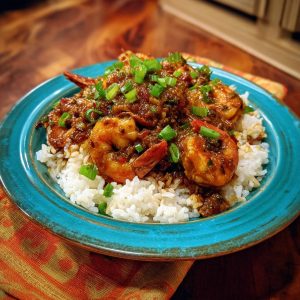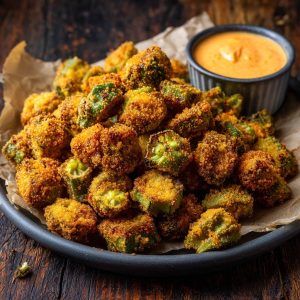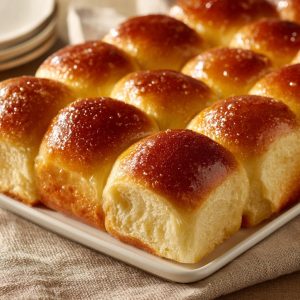Craving a restaurant-quality steak but intimidated by the thought of cooking it at home? You’re not alone! Many home cooks struggle to achieve that perfect balance of a beautifully seared crust and a juicy, tender center. But what if I told you that perfectly pan-seared steak is not only achievable but also surprisingly easy? This guide will walk you through every step, revealing the one simple trick that guarantees steakhouse results every single time. Get ready to master the art of the pan-seared steak!
Why You’ll Love This Pan-Seared Steak
This isn’t just another steak recipe. It’s a roadmap to consistently delicious results. Here’s why you’ll absolutely love it:
- Perfect Doneness, Guaranteed: Say goodbye to dry, overcooked steak. We’ll show you how to use an instant-read thermometer for precision cooking.
- Restaurant-Quality Sear: Achieve that coveted deep brown crust that seals in all the juices.
- Simple Ingredients, Maximum Flavor: You don’t need a laundry list of ingredients to create an amazing steak.
- Quick and Easy: From fridge to plate in under 30 minutes.
- Impress Your Guests (and Yourself!): This is a showstopper that’s sure to impress everyone at the table.
Gathering Your Ingredients for Pan-Seared Steak
The key to an exceptional pan-seared steak starts with quality ingredients. Let’s talk about what you’ll need, and why each component plays a vital role in creating a mouthwatering masterpiece. The recipe’s simplicity allows the beef’s natural flavor to shine through, so selecting the right cut and treating it properly is paramount.
Here’s what you’ll need to make the best steak of your life:
- The Star: A Thick-Cut Steak (Ribeye or New York Strip): We’re talking about a steak that’s at least 1 1/2 to 2 inches thick. This allows for a beautiful sear without overcooking the center. Ribeye offers fantastic marbling (those streaks of fat) for incredible flavor and tenderness. New York strip provides a firmer texture with a robust, beefy taste. The choice is yours! Look for good marbling throughout the steak, regardless of your selection.
- The Enhancers: Salt and Freshly Ground Black Pepper: Don’t underestimate the power of these two humble ingredients! Generous seasoning is crucial for drawing out the steak’s natural flavors and creating a delicious crust. Freshly ground pepper adds a wonderful aromatic dimension that pre-ground pepper simply can’t match.
- The Sear Master: Cooking Oil (Canola or Vegetable): You’ll need an oil with a high smoke point to withstand the high heat required for searing. Canola and vegetable oil are excellent choices because they won’t impart any unwanted flavors to the steak. We’re going for a neutral taste, so the steak’s flavor shines.
- The Flavor Boosters: Unsalted Butter and Fresh Herbs (Parsley or Thyme): This is where the magic happens! Adding butter and herbs towards the end of cooking creates a luscious pan sauce that elevates the steak to another level. Unsalted butter allows you to control the saltiness of the final dish. Parsley provides a fresh, clean note, while thyme adds an earthy, savory depth.
Crafting Your Pan-Seared Steak: Step-by-Step
Ready to transform those ingredients into a perfectly pan-seared steak? Don’t worry, it’s easier than you think! The most important thing to remember is to be patient and trust your thermometer. This is the secret to avoiding overcooking and achieving steakhouse perfection. Let’s get started!
- Prep Like a Pro: Room Temperature and Dryness are Key: Take your steak out of the refrigerator 30-60 minutes before cooking. This allows it to come closer to room temperature, which helps it cook more evenly. Then, pat it completely dry with paper towels. This is crucial for achieving a good sear, as moisture is the enemy of browning. Season generously all over with salt and pepper. Don’t be shy! The seasoning will create a flavorful crust.
- Get the Skillet Screaming Hot: Heat the cooking oil in a heavy oven-safe skillet (cast iron is ideal) over medium-high heat until it is shimmering hot. This is important! A hot skillet is essential for creating a beautiful sear. The oil should look almost wavy and will shimmer as it heats up. If you’re not sure if it’s hot enough, wait a minute or two longer.
- Sear, Don’t Fear: Carefully place the seasoned steak in the hot skillet. Resist the urge to move it around! Sear undisturbed for 3 to 4 minutes until a deep brown crust forms. You should be able to easily release the steak from the pan when it’s ready to flip. If it sticks, it’s not seared yet.
- Flip and Repeat (and Sear Those Edges!): Flip the steak and sear the other side for another 3 to 4 minutes. If the steak is thick (more than 2 inches), use tongs to sear the edges as well for about 1 minute per edge. This ensures even cooking and a beautiful crust all around.
- The Thermometer is Your Best Friend: This is the key to avoiding overcooking! Use an instant-read thermometer to check the internal temperature. For medium-rare, start checking around 120 degrees F. Continue cooking, flipping every minute or so, until the temperature reaches about 125-130 degrees F for medium-rare. Adjust the time for your desired doneness (remove at 130-135F for medium, 135-140F for medium-well). Remember that the temperature will continue to rise as the steak rests, so it’s best to slightly undercook it.
- Basting with Butter and Herbs: The Finishing Touch: Just before removing the steak from the skillet, add the unsalted butter and fresh herbs. Tilt the pan slightly and spoon the melted butter and herbs over the steak repeatedly for about 30 seconds. This basting process infuses the steak with flavor and creates a luscious pan sauce.
- Rest, Rest, Rest: Transfer the steak to a cutting board and tent loosely with foil. This is the final crucial step! Let the steak rest for at least 5 to 10 minutes before slicing. This allows the juices to redistribute throughout the meat, ensuring a moist and tender steak that is perfectly cooked from edge to center. Do not skip resting! It’s just as important as the searing itself.
- Slice and Serve: Slice the steak against the grain and serve immediately, pouring any accumulated pan juices from the cutting board over the slices. Slicing against the grain shortens the muscle fibers, making the steak even more tender and easier to chew.
Tips for Perfect Pan-Seared Steak Every Time
Want to take your pan-seared steak game to the next level? Here are a few extra tips to ensure success every single time:
- Don’t Overcrowd the Pan: If you’re cooking multiple steaks, cook them in batches to avoid overcrowding the pan, which will lower the temperature and prevent a good sear.
- Use a Heavy Skillet: A heavy skillet, like cast iron, will distribute heat evenly and maintain a consistent temperature, which is essential for searing.
- Pat the Steak Dry: We can’t stress this enough! Moisture is the enemy of a good sear.
- Season Generously: Don’t be shy with the salt and pepper!
- Let it Rest: Resting is just as important as cooking. Don’t skip this step!
- Consider Adding Aromatics: Add a smashed garlic clove or a sprig of rosemary to the pan along with the butter and herbs for extra flavor.
What to Serve With Pan-Seared Steak
A perfectly cooked pan-seared steak deserves equally delicious side dishes. For a classic combination, consider pairing it with creamy spiced potatoes. If you’re looking for something lighter, a fresh salad with a vinaigrette dressing is a great choice. To complement this meal, you could try our golden vegetable rice pilaf; it would be amazing.
Your Pan-Seared Steak Questions Answered (FAQ)
What is the best cut of steak for pan-searing?
Ribeye and New York strip are excellent choices due to their marbling and thickness. However, you can also use other cuts like filet mignon or sirloin, adjusting cooking times accordingly.
How do I know when the steak is done?
The best way is to use an instant-read thermometer. Insert it into the thickest part of the steak, avoiding bone. Aim for 125-130°F for medium-rare, 130-135°F for medium, and 135-140°F for medium-well. Remember the temperature will rise a bit as it rests. This is especially key for something like our savory sausage and bread bake; proper temp ensures the meat is safe!
Can I use a different type of oil?
Yes, you can use other oils with high smoke points, such as avocado oil or grapeseed oil. Avoid using olive oil, as it has a lower smoke point and can burn. Although, it is delicious to add olive oil and bread to any meal. Try our spiced potato stack sandwich recipe for a flavorful bite!
What if I don’t have an oven-safe skillet?
You don’t necessarily need an oven-safe skillet for this recipe. As long as you use your thermometer to get the steak to the proper internal temperature on the stovetop, the steak will come out great. Be sure to still let it rest properly!
Can I use dried herbs instead of fresh?
While fresh herbs are preferred for their vibrant flavor, you can use dried herbs in a pinch. Use about 1 teaspoon of dried herbs for every 1 tablespoon of fresh herbs. Dried herbs have a more concentrated flavor, so use less.
Enjoy Your Homemade Pan-Seared Steak!
There you have it! A foolproof guide to creating a perfectly pan-seared steak in your own kitchen. With a little practice and the help of an instant-read thermometer, you’ll be impressing your friends and family (and yourself!) with steakhouse-quality results. Now, go forth and sear! Don’t forget to leave a comment below and let us know how your steak turned out. We love hearing from you!

